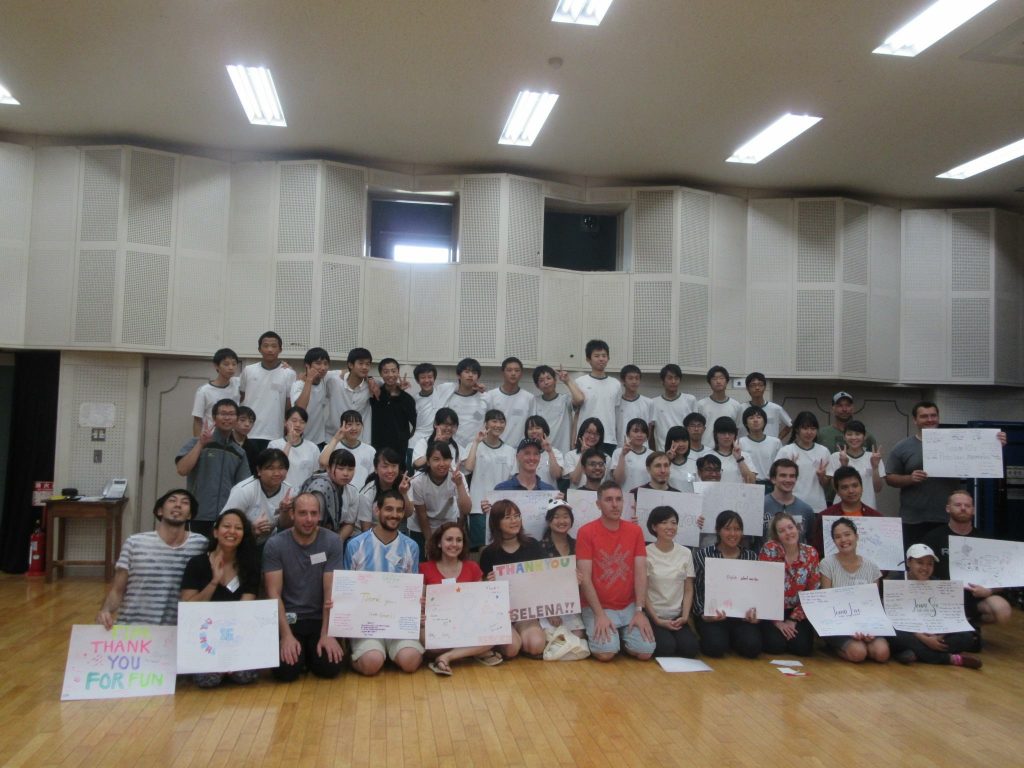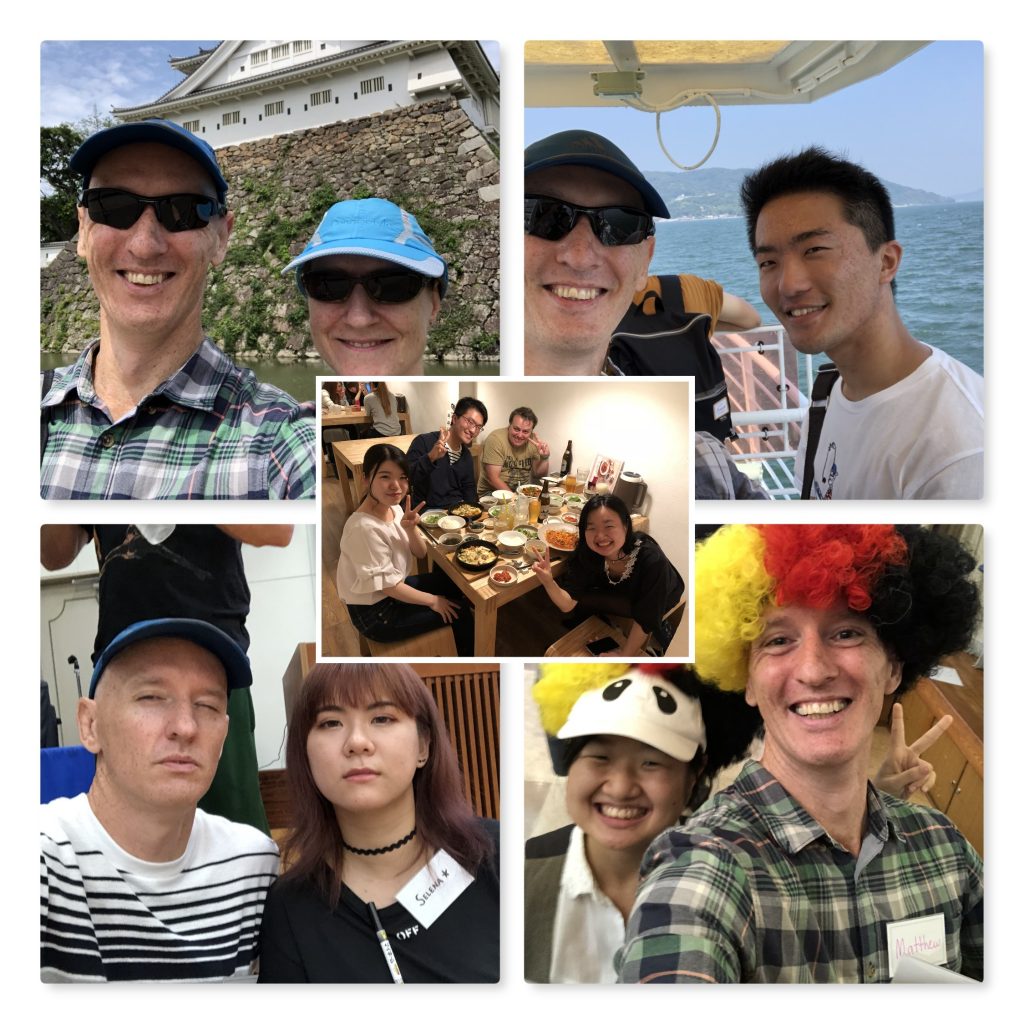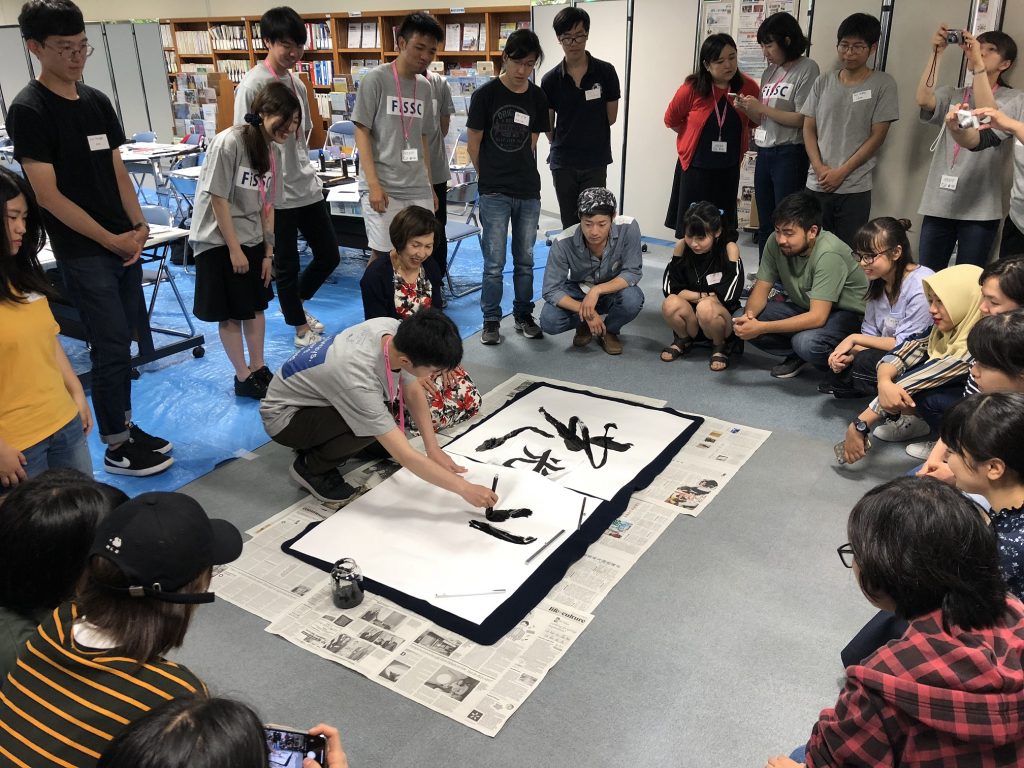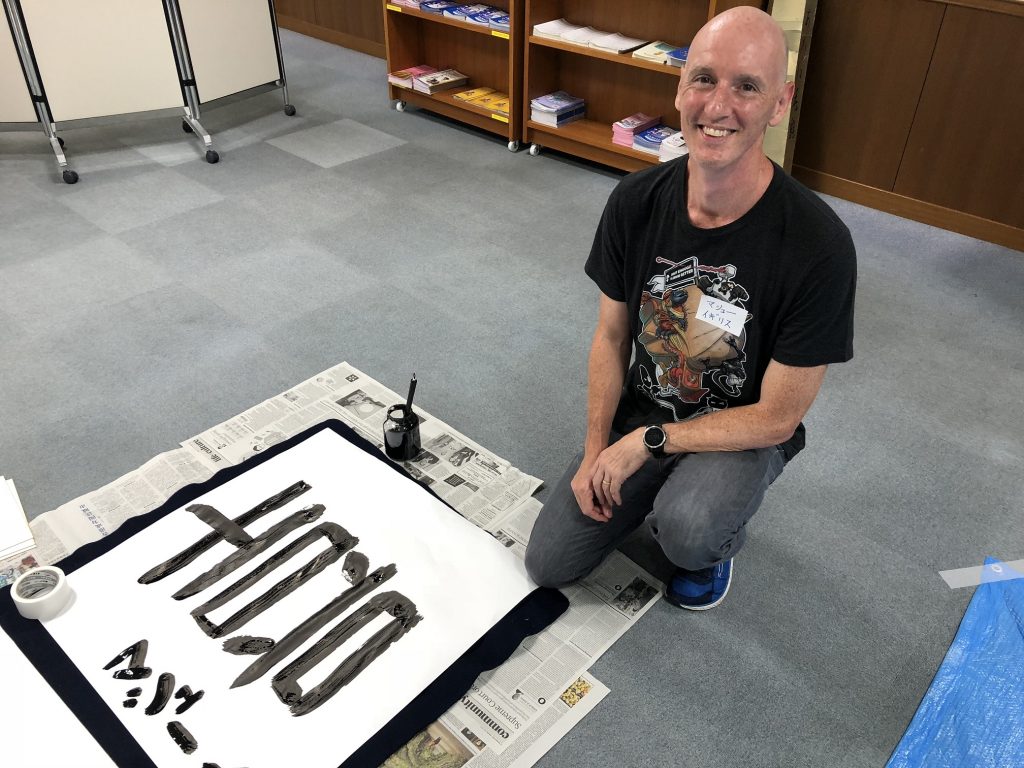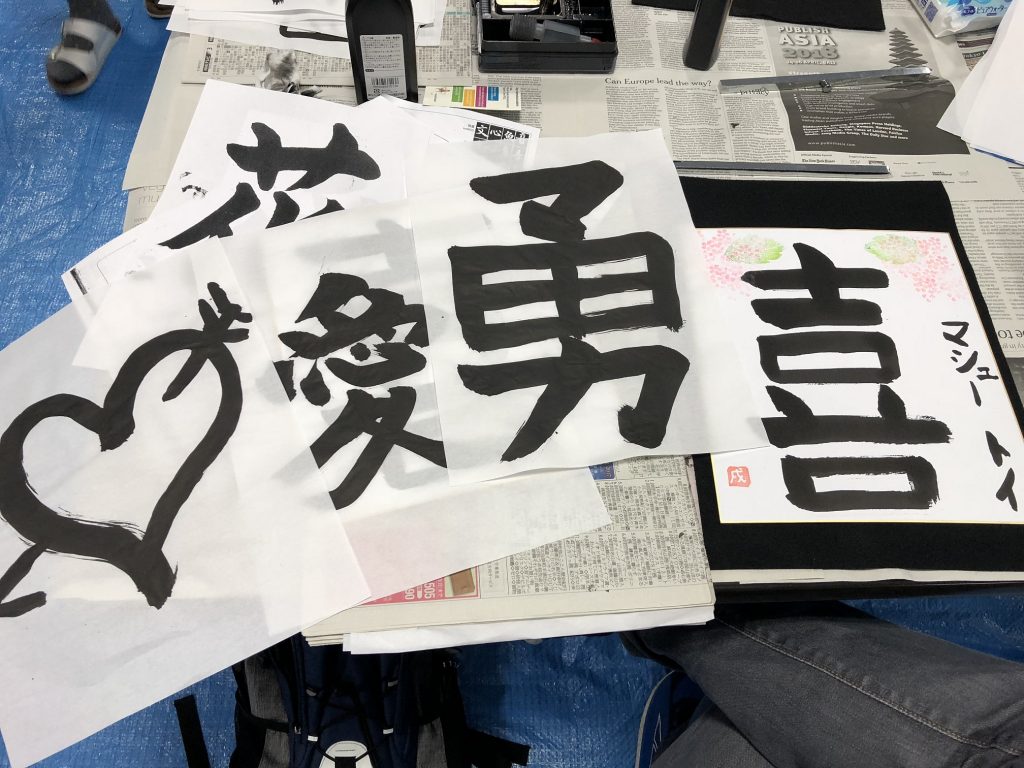So here I am, about a month after having returned to London, reflecting back on my experience in Japan. The most common question I’ve had from friends is “was it worth it?” or “did you learn what you wanted to learn?” and the answer to both is a resounding yes. However it isn’t as simple as that, as there are many layers to the question which need to be unpacked a little.
The first layer is understanding what it is that I went off to Japan to learn in the first place. Of course there is the obvious “Japanese Language” side of things, but there is much more to it than that. The real learning I was hoping to take away was about myself. And if you want to learn about yourself, one of the best ways is to teach others. Which thanks to Phil’s company I was able to do exactly that with a bunch of middle school kids over 6 days of English language camps!
The camp is worth a whole post by itself, but the takeaway is how teaching kids made me feel about myself and reflect on what I enjoy doing professionally. It allowed me to understand what I value (honesty, enthusiasm, progress) in a much more immersive way than a work environment would. I’ll definitely be taking this into my next role and it has helped me mature bit more as an individual.
Alongside teaching, there were many other examples of “bonus” learning opportunities I was able to take away from the experience. One key aspect was taking myself out of a familiar environment and getting the mental/physical space to learn and reflect. That alone was worth the proverbial price of admission.
The next layer is about “what” it is I did. While it is obvious to some, but not always to me, it isn’t the destination that matters so much, but who you spend it with and the attitude you take with you. I enjoy spending time by myself (quite a lot) but all my most enjoyable experiences are with friends and family. It isn’t just quality though, it is quantity too. People can help you overcome natural inertia (read: laziness) to get out there and do more. In fact, when Julie came to visit for a week, we crammed in more stuff than I did in the previous months!
Also, being in the right mindset (a positive one), I was able to value those times much more and care a little bit less about the latest distracting “must-own-thing”. But it is easily forgotten and I have to remind myself often to focus on new experiences with loved ones and less on new, shiny, technology…
There is a lot more I was able to get from my travels, but that’s about my limit for for self reflection today. I think I need to do a round up of all the beers I forgot to mention in a new post…

